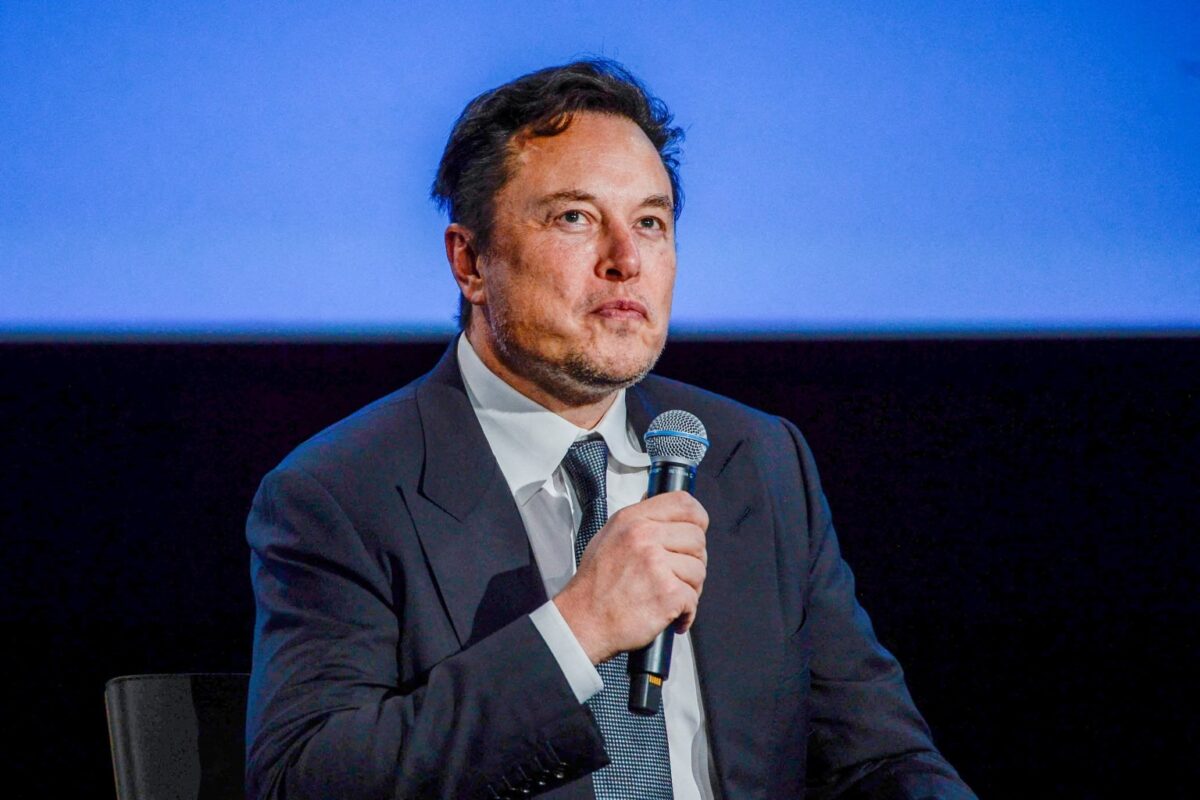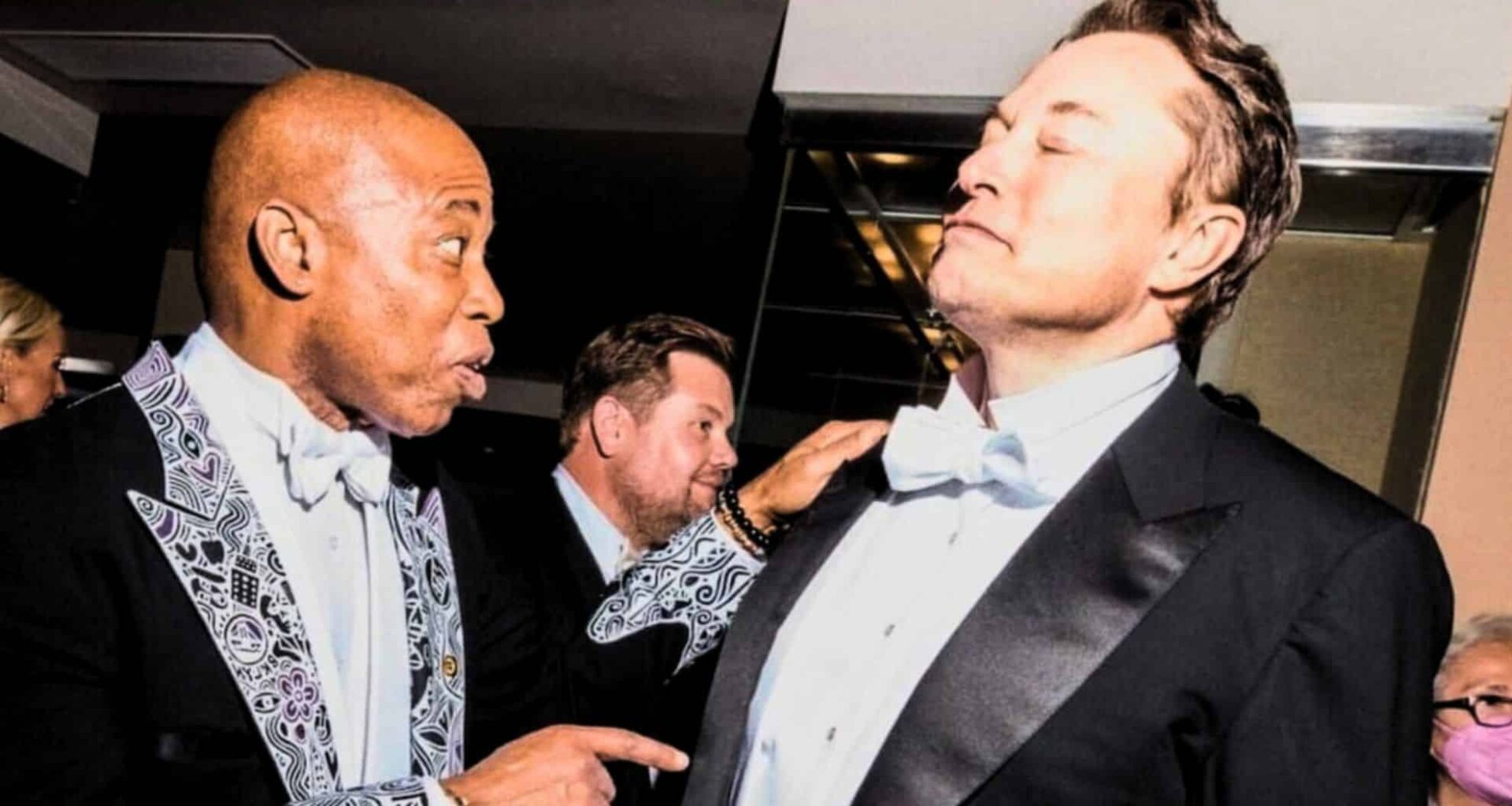Elon Musk has spent years rejecting the persistent claim that his journey from South Africa to Silicon Valley was bankrolled by a secret emerald mine. Yet his estranged father, Errol Musk, now claims he not only owned such a mine but used its proceeds to send Elon abroad — and says he can prove it.
In an exclusive interview with The U.S. Sun, Errol detailed what he calls an “under the table” emerald business run out of Zambia’s Lake Tanganyika region during the 1980s. He alleges the venture was never formally registered, operated without legal contracts, and involved a handshake agreement with an Italian entrepreneur who employed local miners.

Elon, 52, has publicly denied these claims, even offering one million Dogecoin (roughly $93,000 at the time) to anyone who can prove the mine existed. He’s called the recurring story “so annoying,” and “fake,” suggesting it’s a fabricated myth to undermine his self-made image.
But Errol insists his son is well aware of the mine’s existence and even saw the emeralds in person. “Elon knows it’s true. All the kids know about it,” he told The Sun. “My daughter has three or four emerald pendants. Elon saw them at our house. He knew I was selling them.”
Musk’s Rise From Pretoria to Penn: Myth or Money Trail?
Errol claims that money from the emerald operation directly funded Elon’s relocation from South Africa to North America in the late 1980s. According to him, the mining venture helped him send around R400,000 (then about $115,000) to Elon and his brother Kimbal, primarily to cover living costs while they were studying in Canada and the U.S.

The money allegedly travelled through unofficial financial channels, including an Israeli broker, due to tight South African exchange controls at the time. “I took a hell of a chance because people I knew were sent to jail for doing a similar thing,” Errol admitted. He even sold his yacht for a quarter of its value to continue supporting his sons.
Official accounts from Elon paint a very different picture. He has repeatedly stated that he arrived in Canada in 1989 with CA$2,500 and put himself through college, ending up with $100,000 in student debt. But a resurfaced Forbes interview from 2014 complicates the narrative. In the since-deleted piece, Elon was quoted saying: “My father also had a share in an emerald mine in Zambia. This is going to sound slightly crazy…”
He recounted an attempted trip to the mine at age 15, involving a passport mix-up, contraband cargo and armed guards. Fact-checking site Snopes archived the quote, but Elon has since walked back the claim, framing it as hyperbole or misremembering.
No Records, No Coordinates — Just Green Stones and Old Stories
So where exactly is this elusive mine? According to Errol, it wasn’t a formal mining site at all. “It was a rock formation protruding from the ground in the middle of nowhere,” he said. “There was no mining company. There are no signed agreements or financial statements. No one owned anything.”
He estimates the location was about 40 miles from Kasaba Bay, now a tourist hub. Workers, he says, were paid around $2 per load, enough to feed a family for a month. The operation lacked maps, mining licences, or geological reports — making it virtually unverifiable.
Yet Errol has offered photographic evidence of the emeralds he claims were extracted from the site. He maintains that the gems were sold internationally and used to stabilize the family’s finances during a turbulent time in South Africa, when many professionals were emigrating en masse due to political unrest.
Still, experts argue that without documentation, the mine’s existence remains unproven. According to a 2021 report by the Zambia Extractive Industries Transparency Initiative (ZEITI), informal and small-scale mining accounts for a significant portion of the country’s gemstone output, but tracking those operations is notoriously difficult due to lack of regulation and data transparency.

